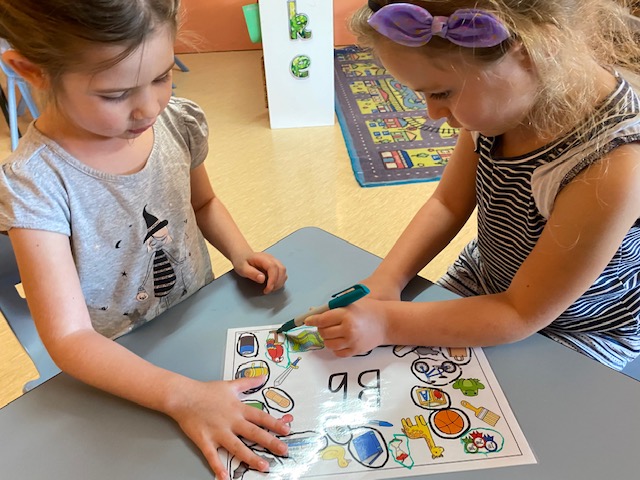In today’s fast-paced and uncertain world, cultivating resilience in children has become more important than ever before. Resilience is the ability to bounce back from challenges, setbacks, and adversity, and it plays a crucial role in helping children navigate through life’s ups and downs. As parents and educators, we have a significant role in fostering resilience in the younger generation, equipping them with the necessary tools to face life’s challenges with courage and determination. In this blog post, we will explore some practical tips and strategies to help parents and educators cultivate resilience in children.
Embrace Mistakes and Failure
One of the fundamental aspects of building resilience in children is teaching them that mistakes and failure are a natural part of life. Encouraging a growth mindset, wherein children see challenges as opportunities for learning and growth, can be transformative. Celebrate their efforts, regardless of the outcome, and help them understand that failure is not a dead-end but a stepping stone to success.
Foster a Supportive and Nurturing Environment
Creating a supportive and nurturing environment at home and in the classroom is essential for cultivating resilience. Children should feel safe and loved, knowing that they have a reliable support system to fall back on during difficult times. Parents and educators can achieve this by actively listening to children’s concerns, offering empathy, and providing emotional support when needed.
Encourage Problem-Solving Skills
Resilient children are often resourceful problem solvers. Encourage children to think critically, brainstorm solutions to challenges, and take ownership of their actions. When they encounter difficulties, ask open-ended questions that stimulate their problem-solving abilities, empowering them to find solutions independently.
Teach Emotional Regulation
Emotional regulation is a crucial skill in developing resilience. Help children recognize and express their emotions in healthy ways. Encourage mindfulness practices, deep breathing exercises, or journaling to help children cope with stress and anxiety effectively.
Model Resilience
Children learn by example, so it’s essential for parents and educators to model resilience in their own lives. Share your experiences of overcoming challenges, demonstrating that resilience is an ongoing journey. When children see adults bounce back from setbacks, they are more likely to adopt similar behaviors.
Encourage Positive Relationships
Building positive relationships with peers and adults can significantly impact a child’s resilience. Foster opportunities for teamwork, collaboration, and social interaction. Encourage children to communicate effectively, resolve conflicts, and support one another during tough times.
Set Realistic Goals
Help children set realistic and achievable goals. Break down larger objectives into smaller, manageable steps, providing a sense of accomplishment with each milestone reached. This approach helps children understand that progress may be gradual, but it is attainable with perseverance.
Instill a Sense of Purpose
Cultivating resilience becomes more powerful when children have a sense of purpose. Encourage them to explore their interests, passions, and strengths. When children feel connected to something meaningful, they develop a greater sense of resilience, as they know their actions have purpose and impact.

Promote a Balanced Lifestyle
A balanced lifestyle is essential for building resilience. Encourage children to prioritize adequate sleep, healthy eating habits, regular physical activity, and mindful practices. A well-nourished body and mind are better equipped to handle stress and adversity.
Teach Optimism and Gratitude
Optimism and gratitude play vital roles in fostering resilience. Teach children to focus on the positive aspects of challenging situations and express gratitude for the good things in their lives. This mindset shift empowers children to approach difficulties with a sense of hope and appreciation. Feel free to visit Publicist Paper to find more tips and information about cultivating resilience in children.
Conclusion
In conclusion, cultivating resilience in children is a joint effort between parents and educators. By embracing mistakes, fostering a nurturing environment, encouraging problem-solving skills, and modeling resilience ourselves, we can empower the younger generation to face life’s challenges with strength and resilience. Through emotional regulation, positive relationships, and a sense of purpose, children can grow into resilient individuals capable of thriving in an ever-changing world. By implementing these tips and strategies, we can shape a brighter and more resilient future for the generations to come.





